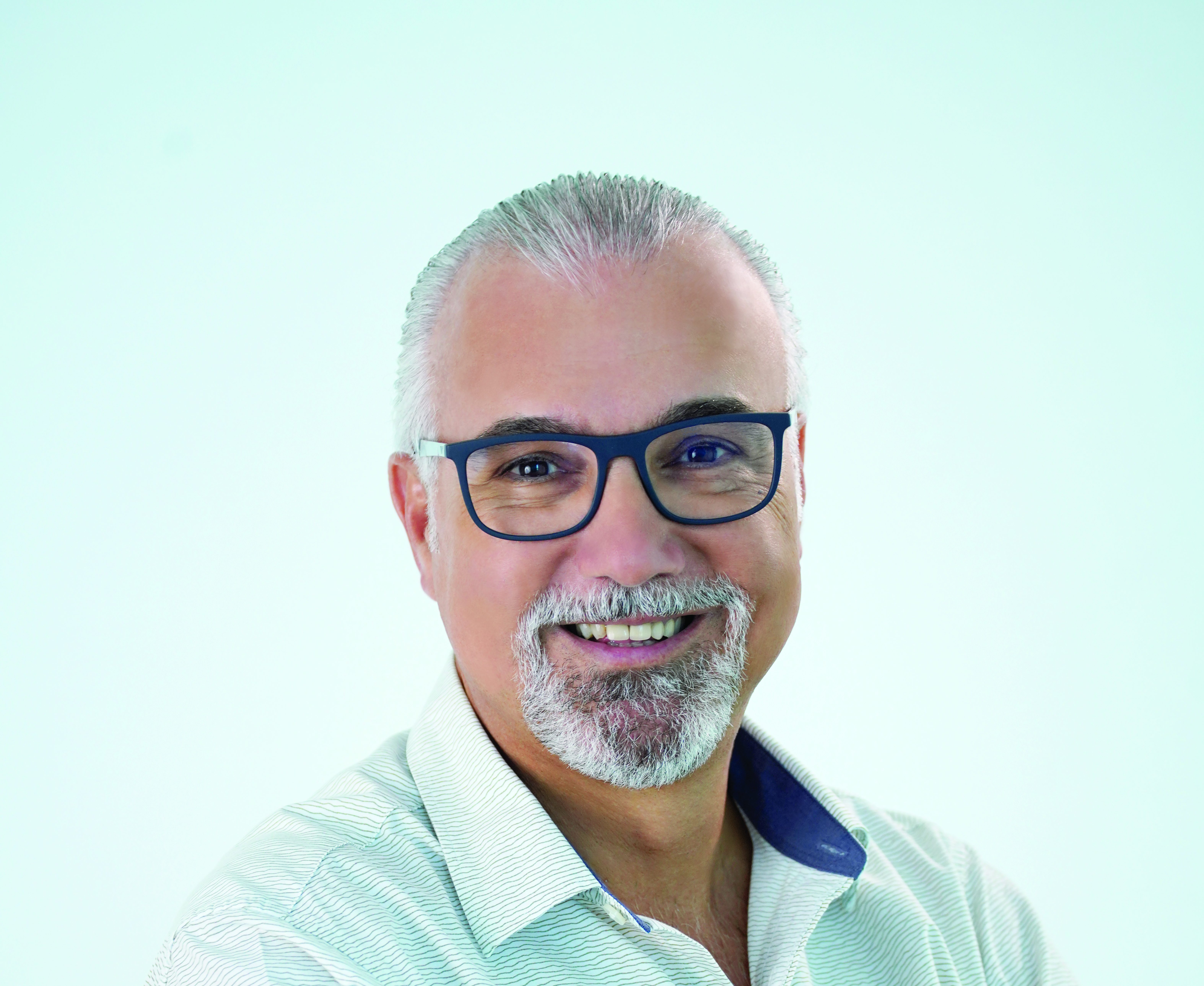What effect is technology having on the business of OOH?
At Viola, we have seen a dynamic shift in client thinking brought about by new technology in OOH, in a move away from location buying towards audience-based buying. With improved technology, we can develop marketing strategies that use more precise data to influence audiences at several points in their consumer journey. For example, digitally enabled OOH media uses accurate mobile data to recognise how audiences view the content, giving each location more precise parameters to increase targeting accuracy.
It’s here! Marcomms360 – Predictions 2023 is Campaign Middle East’s flagship annual event and a must-attend for anyone who wants to be prepared for the year ahead. The full-morning conference takes place on December 8 in Dubai. Book your tickets now before they sell out.
What metrics should be used to measure OOH success?
Precision in attribution analysis is key for OOH metrics, keeping it up to par with digital media. Rather than relying on traditional reach and frequency metrics, with the right location data marketers now have the ability to track and isolate OOH, directly attribute online and offline conversions, measure ROI through lift analysis on engagement and compare relative performance site-by-site for both digital and static OOH media.
What are clients asking you for?
Top of the list now is accurate data that can be overlayed on prime location data to enable the design of strategically positioned networks. We used to rely on a location’s perceived quality and status for marketing, but as OOH is increasingly shifting towards audience buying, clients demand richer sources of in-depth consumer data and patterns for better understanding of trends in customer movement and behaviour, giving us valuable insights to inform future campaign planning.
How can OOH be better integrated into other brand communication channels?
Primarily, I think it is vital to get a greater understanding of how OOH complements and augments other marketing. When we look at omni-channel strategies, social, search, CTV and mobile all target in-home and at-work consumers. Bringing OOH into the mix bridges the gap between audiences’ on- and off-line journey. Awareness is definitely key, and now with digital Out of Home, it has never been easier to demonstrate how our medium can help ‘close-the-loop’.
What legislation or regulation would you like to see applied to the industry?
A greater focus on standards of safety, with the industry as a whole conducting assessments across the end-to-end engineering workflow in order to raise the bar for our industry operations. I’d also like to see further standardisation via the introduction of an independent industry body to facilitate greater cooperation between OOH players and enable the development of shared tools, such as a common currency for value equivalence, improved metrics and industry statistics.










